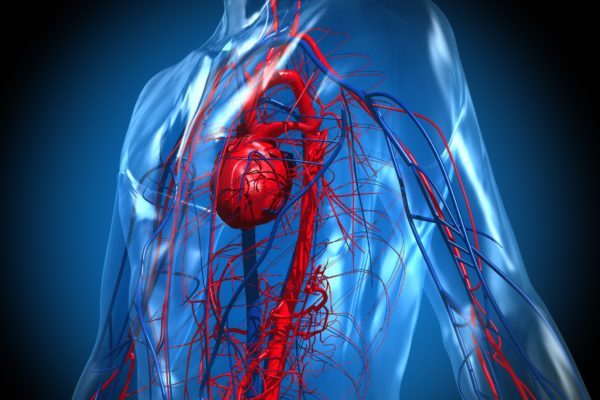Hodgkin lymphoma, also known as Hodgkin's disease, lymphogranuloma malignum and Hodgkin's morbus, is a type of cancer of the lymphatic system (lymphoma). The disease usually develops in the lymph nodes, but can also originate in the spleen, liver or bone marrow. Lymphoma means a tumour of a lymph gland. Hodgkin lymphoma spreads from one lymph node via the lymph vessels. In more than 98% of the cases, Hodgkin lymphoma develops from a certain type of white blood cell, the B lymphocyte.
There are two types of Hodgkin lymphomas:
The British doctor Thomas Hodgkin described the disease in the 19th century as a disease where the lymphocytes began to divide malignantly. Since then, more than 50 other forms of lymphoma have been discovered, known as 'non-Hodgkin' lymphomas. Hodgkin lymphoma and non-Hodgkin lymphoma are considered as two different types of cancer because both diseases have a different course.
Patients diagnosed with Hodgkin’s lymphoma do not always have symptoms. Sometimes the disease is discovered by accident in someone who has no symptoms. Often the first symptom is swelling of the lymph nodes in the neck, the armpit or the groin. Usually these swellings are not painful but can be sensitive when pressed. Swelling of lymph nodes around the lungs may also occur, resulting in a feeling of tightness or pain in the area of the sternum. The ongoing presence of these complaints is characteristic for Hodgkin lymphoma.
Patients may also suffer from:
Hodgkin lymphoma originates in one lymph gland because of the abnormal cell growth and division of a lymph node cell. Usually, Hodgkin lymphoma develops in a lymph node in the upper half of the body. This type of cancer is relatively rare. Every year, about 350 people in the Netherlands are diagnosed with this disease, mostly people between the ages of 20 and 35 and above 50. In men, Hodgkin lymphoma is 1.5 times more likely to occur than in women. It is not yet clear what causes the development of a Hodgkin lymphoma.
The diagnosis of Hodgkin lymphoma can be confirmed by removing and examining a piece of tissue (biopsy) and a blood test. Medical professionals will focus on the presence of malignant Reed-Sternberg (RS) cells.
When the suspicion for Hodgkin lymphoma is confirmed, further research is needed to determine how far the disease has spread. Further research to determine the stage and the location of the cancer is necessary. This may consist of:
The treatment of Hodgkin lymphomas is usually curative. However, in some cases the disease will have already progressed to an advanced stage. In those cases, treatment is focused on reducing the symptoms or inhibiting the progression of disease, and is known as a palliative course of treatment. The course of the treatment is determined on the basis of the stage of Hodgkin lymphoma, the prognostic factors, age and condition.
The most commonly used treatments for Hodgkin lymphoma are:
Almost all patients with Hodgkin lymphoma are treated with chemotherapy. After chemotherapy, radiation may also be required at the tumour site. In 2006, a study focussed on an experimental treatment with heavier chemotherapy that is not followed by radiation. This treatment provided such good results that since 2009, it has been the most chosen treatment option.
Hodgkin lymphoma was one of the first cancers that was cured by radiation and later on the first to be cured by combination with chemotherapy. The degree of healing is about 93%, making it one of the best cured cancers.




